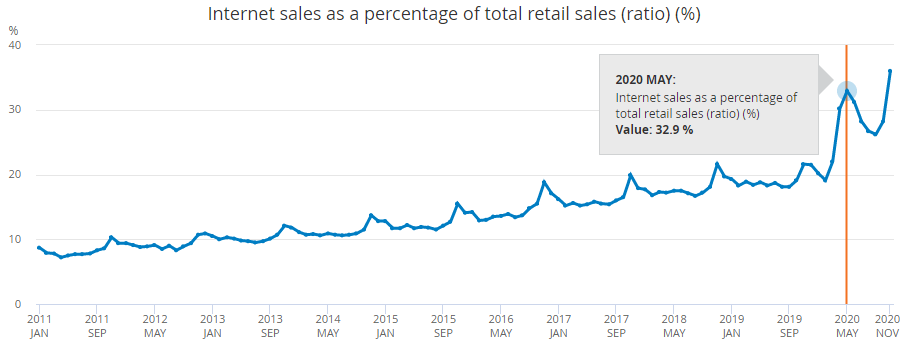E-commerce marketers will always be the richest of us in their access to data but, as 2021 progresses, their ability to properly evaluate decisions is increasingly being eroded.
It’s mainly because of a problem with existing evaluation methods: multi-touch attribution is being undermined as ever more people and platforms are blocking the third-party cookies that make it possible. Last-click is more resilient, but most now agree that its findings on payback are unreliable.
It’s also because of an opportunity: e-commerce businesses had a good year in 2020. With money in the bank and soaring ambitions, many are exploring big brand strategies whose effects can’t be tracked.
The obvious place to look for a new analytics solution is in what brick-and-mortar businesses do. They’ve never been able to track people’s journeys from communications to sales, but they evaluate and optimise all the same, many using market mix modelling.
Market mix can – with some important adaptations – absolutely help. Plentiful and well organised data in e-commerce businesses makes it possible to standardise and automate for faster and cheaper projects. Teams like mine, with experience in e-commerce, have new, more appropriate, modelling techniques too.
The problem: Cookies are crumbling
It’s an axiom in forecasting that technology evolves fast, societies more slowly. It takes time for governments, institutions and markets to evolve a response when tech delivers a capability that we just don’t want.
And we – as consumers and individuals – don’t want marketers to track our actions. The minority that believes tracking is a fair trade for the benefits that online platforms bring is vastly outweighed by the majority who find it worrying.



